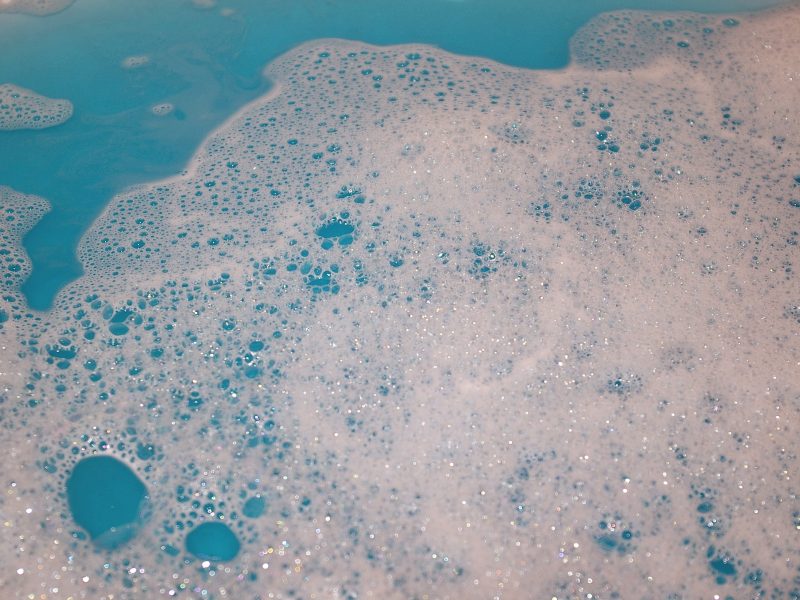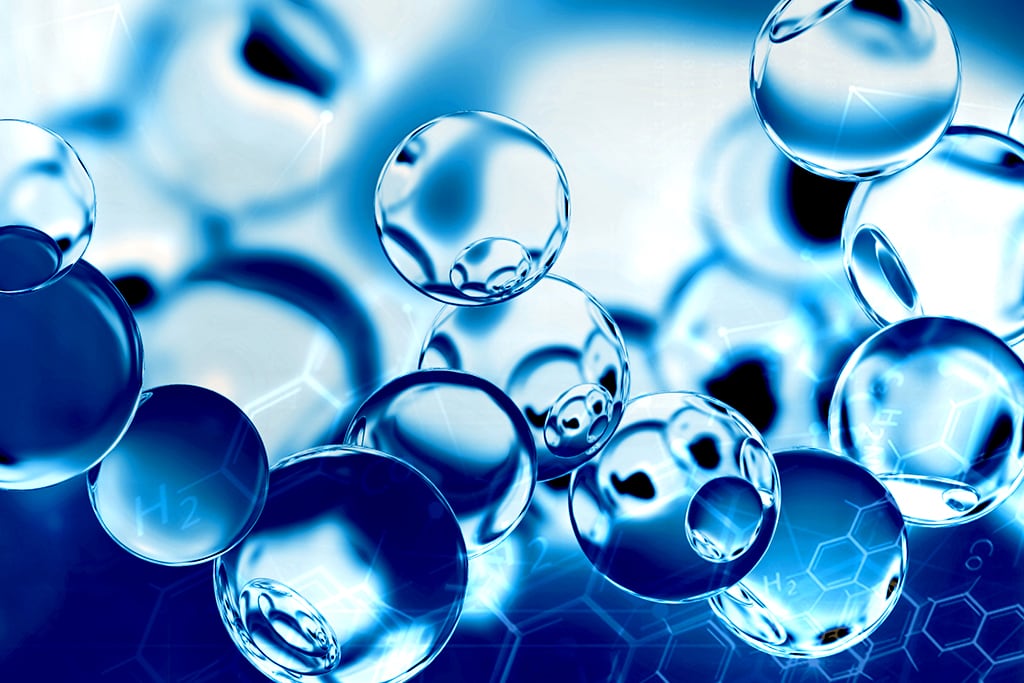Defoamers and Their Impact on Reducing Foam in Liquid Systems
Defoamers and Their Impact on Reducing Foam in Liquid Systems
Blog Article
Selecting the Right Defoamer for Your Certain Application Demands
Choosing the proper defoamer for certain application needs is a nuanced procedure that requires cautious consideration of numerous aspects, such as the foam type, operating, and tool problems. Recognizing the subtleties of defoamer efficiency-- including rate and determination-- while also accounting for ecological and governing variables is crucial.
Understanding Foam Development
Foam formation occurs when gas is trapped within a fluid, producing a stable structure of bubbles. This phenomenon can substantially influence various commercial procedures, specifically in fields such as food manufacturing, pharmaceuticals, and wastewater therapy. The existence of foam can prevent mixing, lower product high quality, and also cause operational inadequacies.
Foam usually forms because of a mix of factors, consisting of surface-active representatives, agitation, and the attributes of the fluid stage. Surfactants lower the surface area stress of the fluid, assisting in the development of bubbles that can coalesce and stabilize. Anxiety, whether from mechanical mixing or gas introduction, improves bubble development, leading to boosted foam volume.
Recognizing the mechanics of foam development is essential for markets intending to maximize their processes. By determining the details problems that promote foam generation, organizations can implement techniques to alleviate its impacts. This understanding prepares for picking appropriate defoaming agents that efficiently target the special difficulties presented by foam in various applications. Subsequently, an extensive understanding of foam formation is necessary for boosting performance and maintaining item honesty throughout numerous fields.
Kinds Of Defoamers Available
Various sorts of defoamers are readily available to deal with the challenges postured by foam in industrial applications. defoamers. Broadly identified, defoamers drop into 3 classifications: silicone-based, non-silicone-based, and natural defoamers
Silicone-based defoamers are renowned for their efficiency and stability across a variety of temperatures and pH degrees. They are commonly made use of in applications where strong foam reductions is necessary, such as in adhesives, paints, and coverings. Their reduced surface area tension enables for rapid foam collapse.
Non-silicone-based defoamers, commonly made from organic substances, offer an option for applications conscious silicone residues. These defoamers can be additional separated into polyether and ester types, each customized to meet certain solution requirements. Non-silicone defoamers are regularly used in food processing and individual treatment products due to their compatibility with different solutions.
All-natural defoamers, originated from plant or pet resources, are gaining traction due to their environmentally friendly account. These products are specifically appealing in applications where regulatory compliance and sustainability are critical, such as in agrochemicals and biotechnology.
Selecting the ideal kind of defoamer is crucial for optimizing performance and ensuring compatibility with specific applications.
Key Application Considerations
When selecting a defoamer, it is important to think about the details application requirements to ensure optimal efficiency. defoamers. Various markets have unique requirements, such as food processing, pharmaceuticals, or wastewater treatment, and each application may require unique defoaming residential or navigate to this site commercial properties
Secret elements to assess consist of the tool in which the defoamer will be used, whether it is water-based, oil-based, or a combination thereof. The temperature level and pH degrees of the application can also considerably influence the effectiveness of a defoamer. In addition, compatibility with various other chemicals present in the system is essential to avoid unfavorable reactions that can endanger performance.
Another crucial factor to consider is the lathering actions of the details system. Comprehending whether the foam develops promptly or slowly can guide the option of a defoamer that targets the source properly. Additionally, the preferred speed of defoaming can affect the choice, as some applications call for rapid action while others might tolerate slower defoaming processes.
Last but not least, regulative and environmental considerations should not be overlooked, specifically in markets with rigorous conformity demands. Choosing a defoamer that lines up with these aspects ensures both performance and safety in the application.

Efficiency Screening Approaches
Examining the performance of a defoamer calls for a systematic strategy to screening that accurately measures its efficiency in specific applications. Different performance testing techniques can be used to ascertain the optimum defoamer for a provided solution.
One usual method is the bubble examination, which reviews the defoamer's capability to minimize foam quantity over time. This examination involves generating a steady foam and after why not look here that including the defoamer to observe the price of foam collapse.

Ultimately, choosing the ideal efficiency testing technique relies on the specific application and the kind of foam being resolved. Each method uses beneficial data that can assist formulation modifications and boost the effectiveness of the defoamer in functional applications.
Finest Practices for Choice


Following, think about the defoamer's efficiency in terms of rate of action and determination. A quick-acting defoamer may be needed for processes where quick foam suppression is crucial, while an extra consistent formulation may be needed for long term foam control. Furthermore, evaluate the ecological impact of the defoamer, including its biodegradability and any kind of regulative compliance demands.
Conduct trials with chosen defoamers to establish their performance in real-world problems. By sticking to these best practices, you can enhance foam control effectiveness and make sure the durability of your procedures.
Verdict
In recap, choosing the suitable defoamer necessitates a comprehensive assessment of various variables, consisting of foam type, tool, operating conditions, and ecological factors to consider. Comprehending the unique features of foam formation and the available defoamer alternatives is vital.
Choosing the appropriate defoamer for details application requirements is best site a nuanced procedure that demands mindful consideration of numerous aspects, such as the foam operating, tool, and kind conditions.Choosing the right defoamer is critical for attaining ideal efficiency in foam control applications. A quick-acting defoamer may be necessary for procedures where fast foam suppression is essential, while a more relentless formula may be required for extended foam control.In summary, choosing the ideal defoamer necessitates a detailed analysis of various elements, including foam type, tool, operating problems, and ecological factors to consider. Understanding the distinct attributes of foam development and the readily available defoamer options is essential.
Report this page